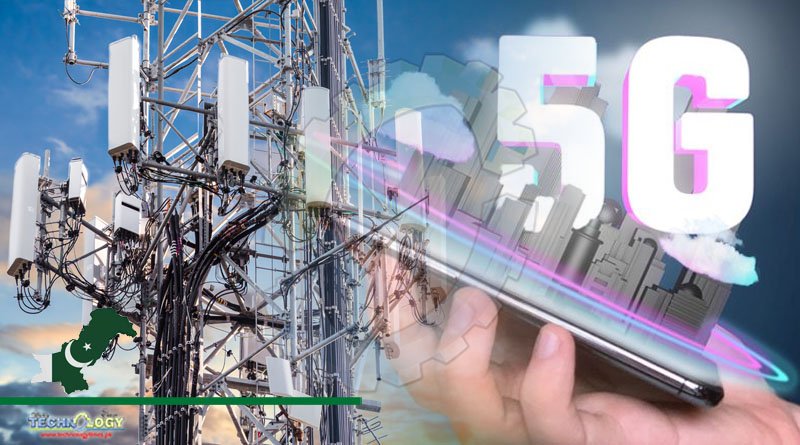A second 5G network will benefit the telco industry by lowering access fees, improving earnings, and releasing cash flow for the telcos, according to some industry observers.

A second 5G network will benefit the telecommunications (telco) industry by lowering access fees, improving earnings, and releasing cash flow for the telcos, according to some industry observers.
They concurred that the government should abandon the Single Wholesale Network (SWN) model for the rollout of 5G and instead introduce a new network that is good for telcos and good for consumers.
Reuters reported that Malaysia may roll out a second 5G network in 2024. The second network rollout is dependent on the country’s 5G coverage reaching 80% of all people by the end of 2023.
Due to its monopolistic nature, the SWN model by Digital Nasional Bhd (DNB) has raised concerns that it may result in inflated prices and, to a certain extent, a lack of transparency.
According to Datuk Seri Dr. Irmohizam Ibrahim, group managing director of the World Trade Centre Kuala Lumpur, the SWN model had asserted that a supply-driven approach would enable 5G to be deployed more quickly and efficiently.
“Malaysia currently has one of the lowest rates of 5G adoption in the region. Another well-known fact is that indoor coverage is still lacking and that the majority of current 5G deployments are concentrated in cities “He recently stated to the New Straits Times.
Irmohizam is in favour of a more thorough investigation into the benefits and drawbacks of both models. But ultimately, the best model for Malaysian consumers will be one that promotes competition, innovation, and better coverage both indoors and outdoors as well as in urban and rural areas, according to Irmohizam, who is also the pro-tem president of Business Event Council Malaysia.
Dr. Geoffrey Williams, an economist at Malaysia University of Science and Technology, asserted that a second network would boost competition and benefit consumers.
This is because as more 5G services and products become available, they will be introduced sooner rather than waiting for the government monopoly to catch up because telcos will compete on price, quality, and service options.
Therefore, he explained, “What is good for telcos is good for consumers and helps the industry as a whole to be more sustainable, innovative, and competitive.”
Williams asserted that allowing a second 5G network was in line with Prime Minister Datuk Seri Anwar Ibrahim’s strategy of dismantling monopolies and fostering competition. He added that it was also more in line with what the telcos originally desired.
“If the commercial case allows for private companies to offer more than one option, there is no particular reason to have one government-run network dominate the space. Therefore, the government ought to permit this choice and let the telcos decide whether to use it for commercial purposes or not, he said.
The development, according to Ahmad Ramzani Ramli of Kenanga Research, could result in lower 5G access charges, better earnings, and freed up cash flows for the telcos, enabling them to pay better dividends.
According to Ahmad Ramzani, a second 5G network operator would put the DNB’s monopoly under pressure, fostering competition that might lead to lower 5G leasing costs, which would be beneficial to the telcos.
The SWN model would cost telco operators RM30,000 for a gigabyte per month (Gbps/month) on 5G leasing fees, according to a 2022 DNB announcement.
“Assuming a take-up rate of 1,000 Gbps, providing 5G to customers would ultimately cost the telcos a staggering RM360 million annually. They also have to pay a set upfront fee, regardless of how far 5G population coverage develops. This raises concerns in the market because it could result in a significant decline in dividend payments, he added.